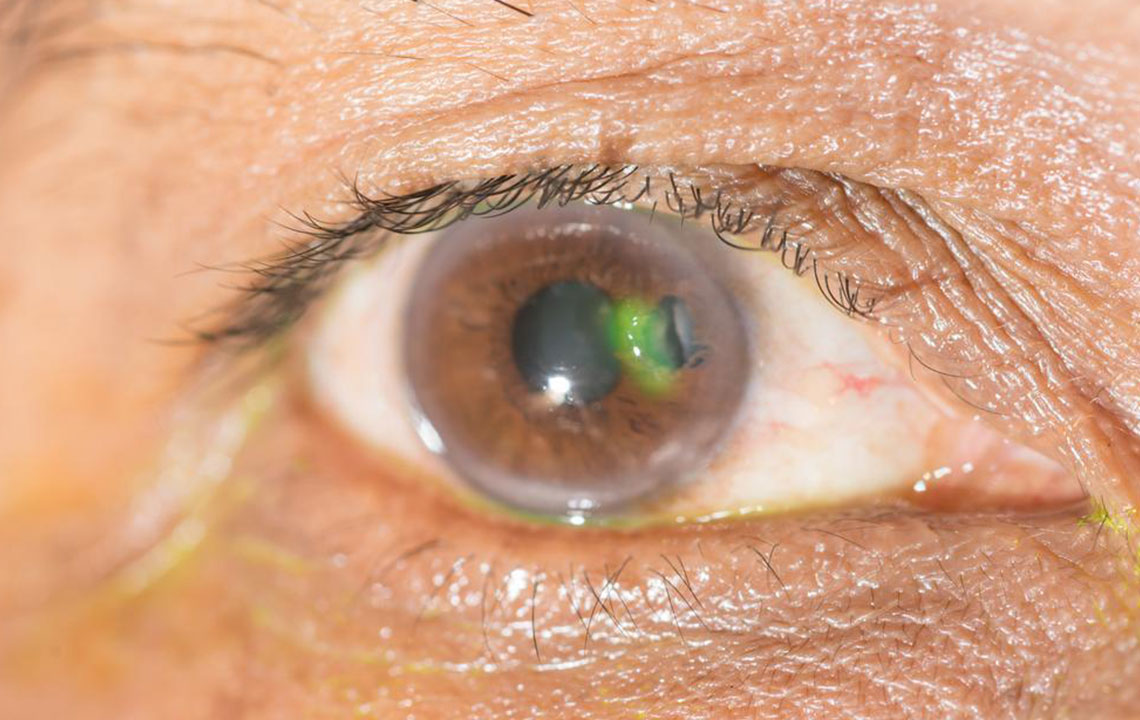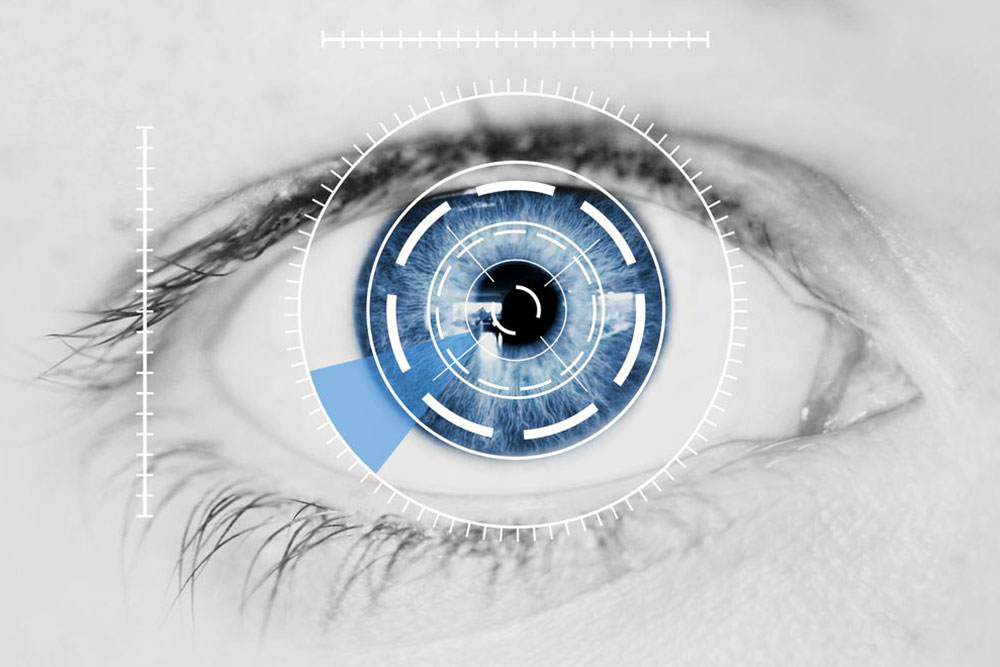Comprehensive Guide to Common Eye Conditions: Symptoms, Causes, and Treatments
This detailed guide explores common eye conditions, including eyestrain, conjunctivitis, cataracts, and glaucoma, highlighting their symptoms, causes, and treatments. Recognizing early warning signs and seeking timely eye care can prevent vision loss and maintain eye health. Essential for anyone looking to understand their eye health better, this article emphasizes the importance of regular eye examinations and proper eye hygiene.

In-Depth Insights into Common Eye Disorders and Their Recognizable Symptoms
Our eyes are remarkable yet delicate organs that play a vital role in our daily lives by enabling us to perceive the world around us with clarity and color. Despite their resilience, our eyes can be susceptible to a variety of health issues, ranging from minor irritations to serious conditions that threaten our vision. Recognizing the early signs of eye problems is crucial for timely intervention and maintaining long-term eye health.
This comprehensive guide aims to shed light on the most prevalent eye diseases, their symptoms, underlying causes, and available treatments. Whether you're experiencing mild discomfort or seeking to understand more about eye health, this article offers valuable insights to help you identify warning signs and take appropriate action.
What are the most common eye conditions and how can you recognize them?
1. Eyestrain (Asthenopia)
Eyestrain is increasingly common in our digital age, largely caused by prolonged use of computers, smartphones, and other electronic devices. It can also result from extended reading sessions or driving long distances without adequate breaks. Overworking the eyes without proper rest can lead to discomfort and visual fatigue.
Symptoms of eyestrain include a sensation of soreness, tiredness, burning or itching sensations in the eyes, watering or dryness, blurred vision, headaches, neck and shoulder discomfort, increased sensitivity to light, difficulty focusing, and a feeling that the eyes are unable to stay open. These symptoms can be alleviated by taking regular breaks, practicing eye exercises, adjusting screen brightness, and maintaining proper lighting conditions.
2. Redness and Bloodshot Eyes
The appearance of red or bloodshot eyes is often a sign of irritation or infection on the surface of the eye. Common causes include allergies triggered by pollen or dust, fatigue, dryness, or minor injuries. Additionally, conjunctivitis, also known as pink eye, is a contagious infection causing redness and inflammation.
Recognizable signs include a gritty or sandy feeling in the eyes, burning sensations, occasional blurred vision, heavy eyelids, inability to produce tears, increased fatigue of the eyes, stringy or mucus-like discharge, and discomfort when wearing contact lenses. While often mild, persistent redness warrants prompt consultation with an eye specialist to rule out serious conditions.
3. Night Blindness (Nyctalopia)
Difficulty seeing in dim lighting or at night can be attributed to night blindness. This condition may stem from previous sun exposure, diabetes, cataracts, vitamin A deficiency, or post-surgical effects. It manifests as poor vision in low-light environments, trouble during night driving, and slow adaptation when moving between illuminated and darker areas.
Symptoms include reduced ability to see in darkness, difficulty with night navigation, and sluggish adjustment to sudden changes in lighting. Addressing underlying causes, such as correcting vitamin A deficiency or managing blood sugar levels, can improve night vision, but it’s important to seek medical advice for diagnosis and treatment options.
4. Conjunctivitis (Pink Eye)
Conjunctivitis involves inflammation of the conjunctiva, the thin tissue covering the sclera and the inner eyelids. It can affect individuals of all ages and is caused by bacterial or viral infections, allergic reactions, or direct irritation from chemicals or foreign objects.
Typical symptoms include redness and swelling of the eyelids, itching or burning sensations, enlarged lymph nodes around the ears, excessive tearing, and a whitish or yellowish discharge especially noticeable in the morning. While many forms of conjunctivitis are contagious and require medical treatment, good hygiene practices can prevent the spread.
5. Cataracts
Cataracts refer to the clouding of the eye's natural lens, leading to impaired vision that can resemble looking through a foggy or frosted window. This age-related condition develops gradually and affects daily activities such as reading, night driving, and recognizing faces clearly.
Key symptoms include blurred or hazy vision, increased sensitivity to glare, halos around lights, frequent changes in prescription glasses, fading or yellowing of colors, and double vision. Surgical removal of the cloudy lens and replacement with an artificial intraocular lens is a common and highly effective treatment.
6. Glaucoma
Glaucoma encompasses a group of eye diseases characterized by damage to the optic nerve, often caused by elevated intraocular pressure. It is known as the “silent thief of sight” because early stages typically produce no noticeable symptoms. If left untreated, glaucoma can lead to irreversible blindness.
In advanced stages, individuals may experience blind spots, tunnel vision, persistent headaches, eye pain, nausea, halos around lights, and redness. Regular eye examinations, especially for at-risk populations, are essential for early detection. Treatment options include eye drops, laser therapy, or surgery aimed at reducing intraocular pressure and preventing optic nerve damage.
7. Presbyopia
As part of the natural aging process, presbyopia affects the eye's ability to focus on close objects, even when distance vision remains clear. It typically begins around the age of 40 and worsens gradually over time.
Common symptoms include eye strain and headaches during reading, difficulty seeing small print, the need for brighter lighting, and holding reading material farther away. Corrective measures such as reading glasses, bifocals, or contact lenses can effectively manage presbyopia, helping individuals maintain their reading comfort and visual clarity.
Regular comprehensive eye exams are vital for early detection and management of these conditions. Taking proactive steps, including proper eye hygiene, protective eyewear, and prompt treatment, can preserve vision and improve overall eye health. Remember, consulting an eye care professional at the first signs of trouble is essential for safeguarding your sight.





